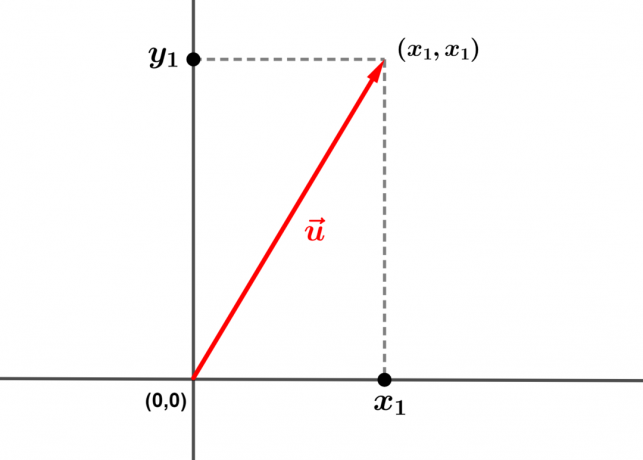In math or physics, the vectors they are straight segments with direction, direction and length, which are used to represent quantities such as force, velocity and acceleration.
Vectors indicate trajectories and can be defined using a coordinate system (x, y). Considering the point (0,0) as the origin of the segment, the figure below shows a vector whose end is the point
.

Notation: .
the ordained is called the horizontal component and the abscissa
, of vertical component.
Now consider, in addition to the vector , another vector
and an angle formed between them, as shown in the figure below.

This angle between the vectors can be calculated by a formula that involves the dot product between the vectors and the norm (length) of each vector.
Angle between two vectors
Two vector dice and
, the cosine of the angle
among them is related to the internal product between the vectors and their standards as follows:
The numerator of the fraction is the inner product between the vectors, given by:
And the denominator is the product between the standards of each of the vectors, as follows:
- Free Online Inclusive Education Course
- Free Online Toy Library and Learning Course
- Free Online Math Games Course in Early Childhood Education
- Free Online Pedagogical Cultural Workshops Course
By making the replacement, we verified that the angle formula between two vectors é:
Example:
Calculate the angle between the vectors and
.
Applying the values in the formula, we have to:
Using a calculator or a trigonometric table, we can see that:
You may also be interested:
- Bows with more than one turn
- Arcs and circular motion
- trigonometric circle
- speed of a vehicle
The password has been sent to your email.
